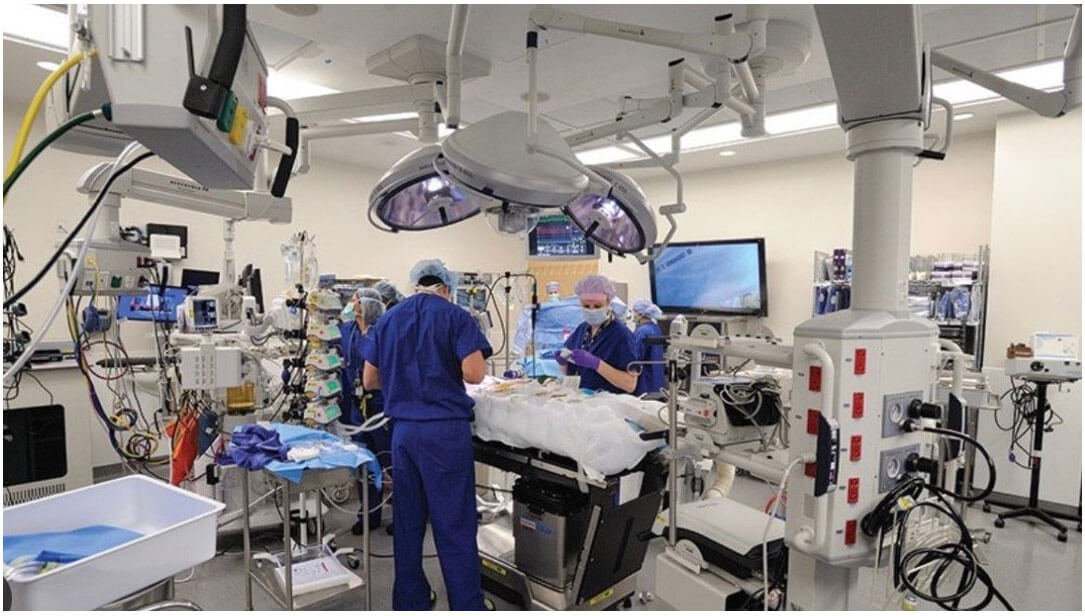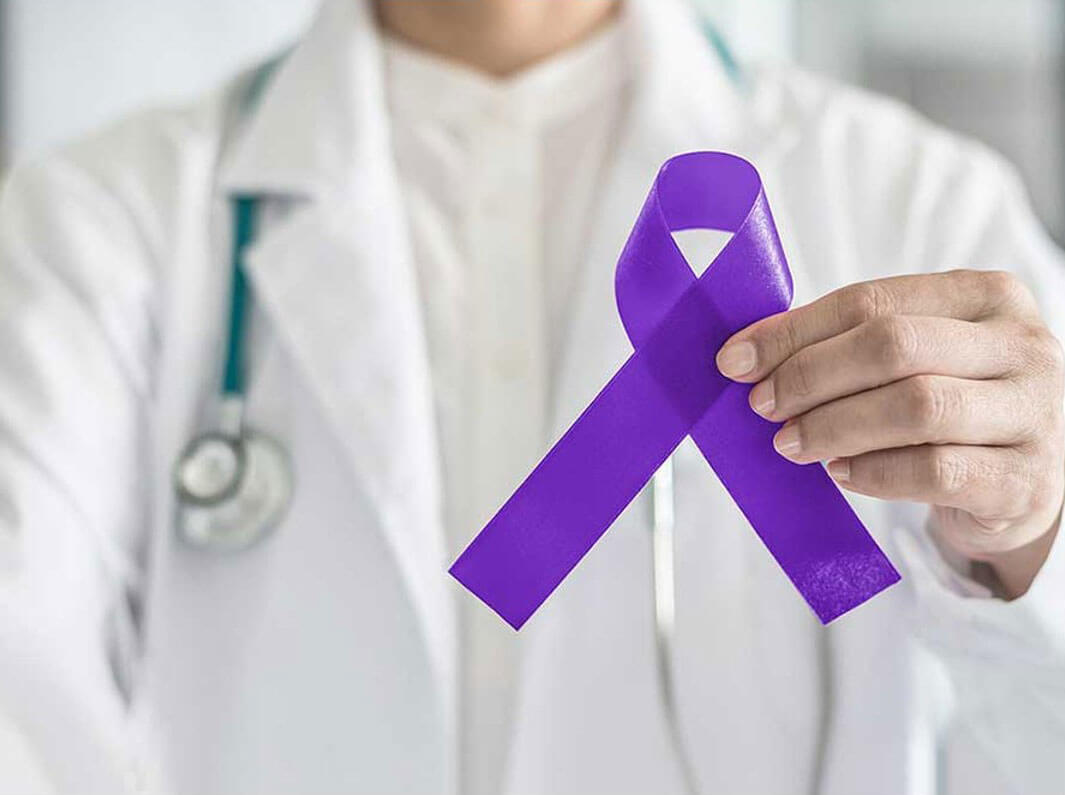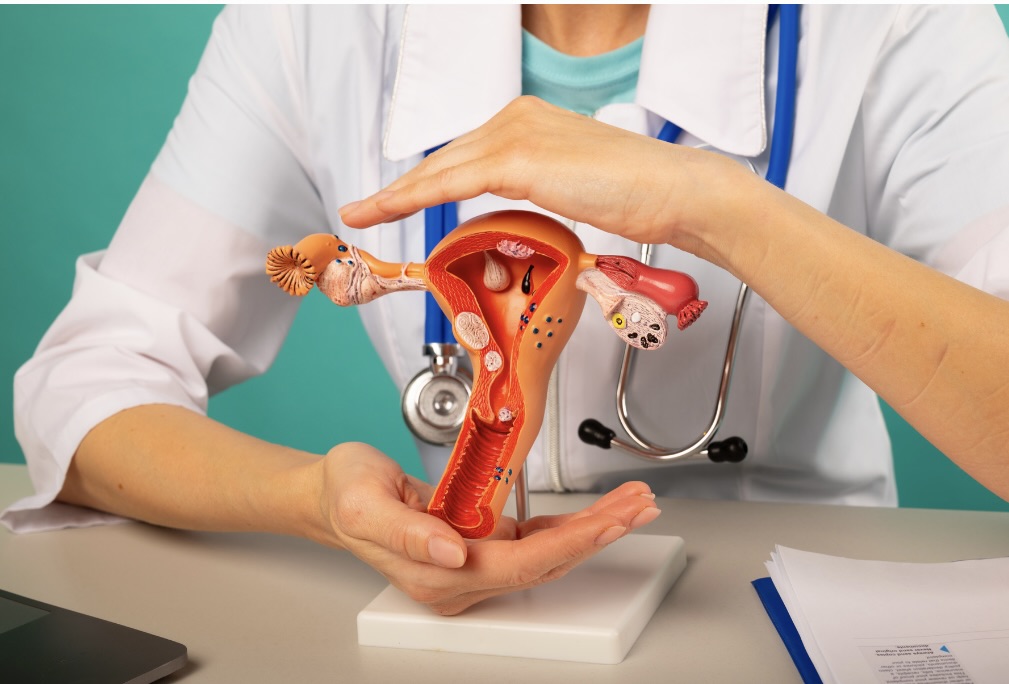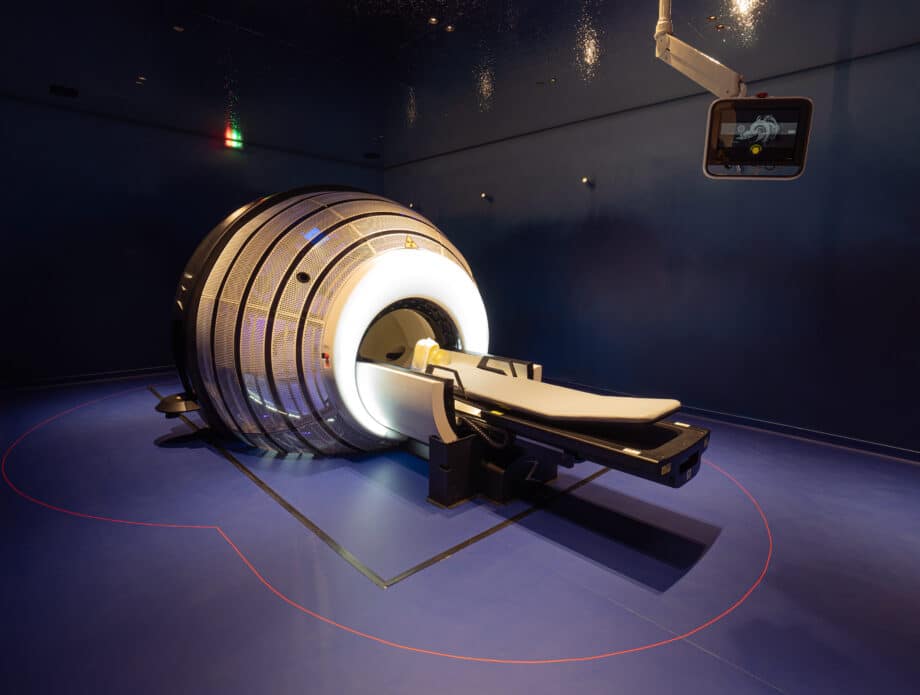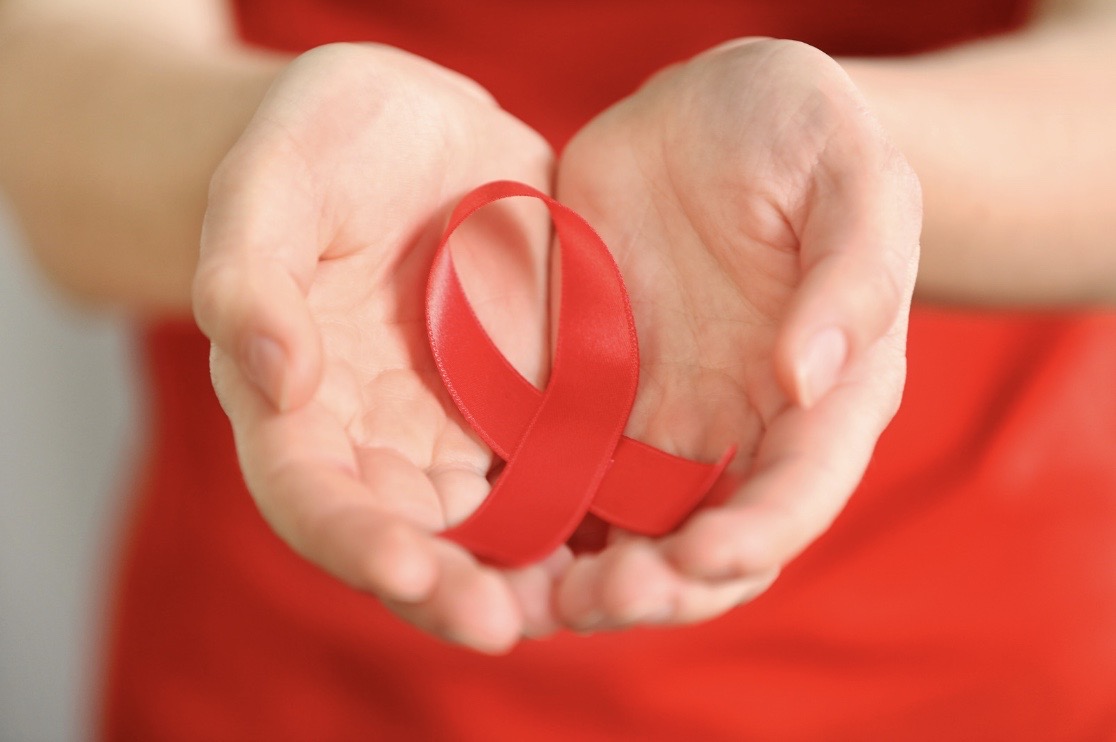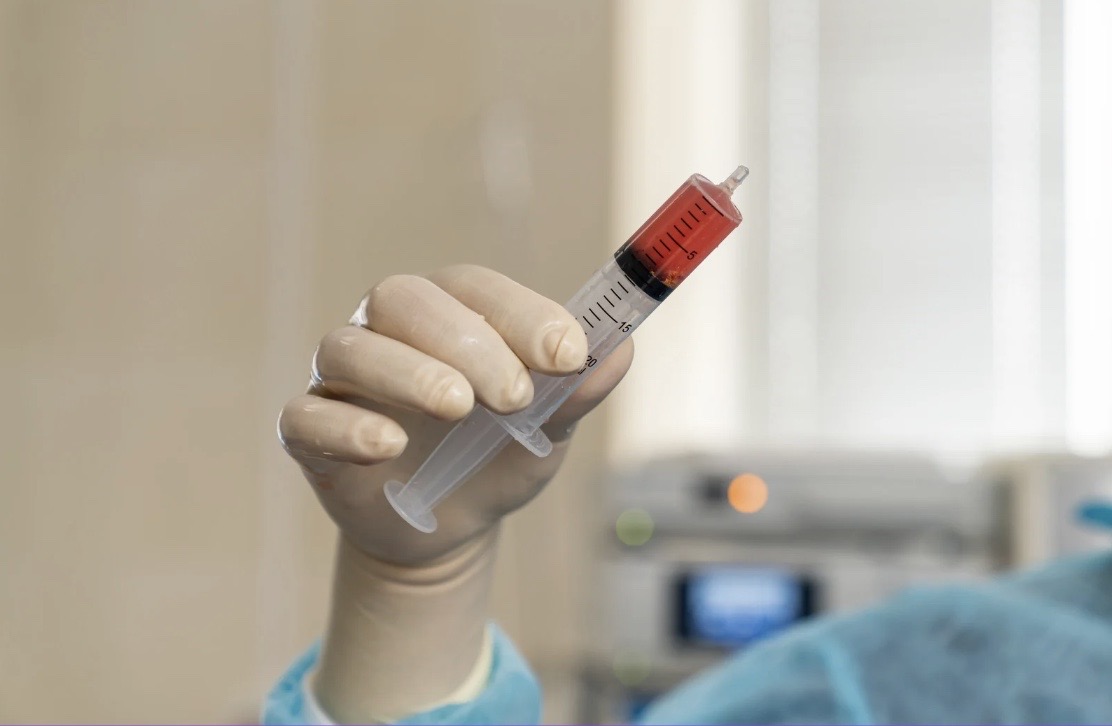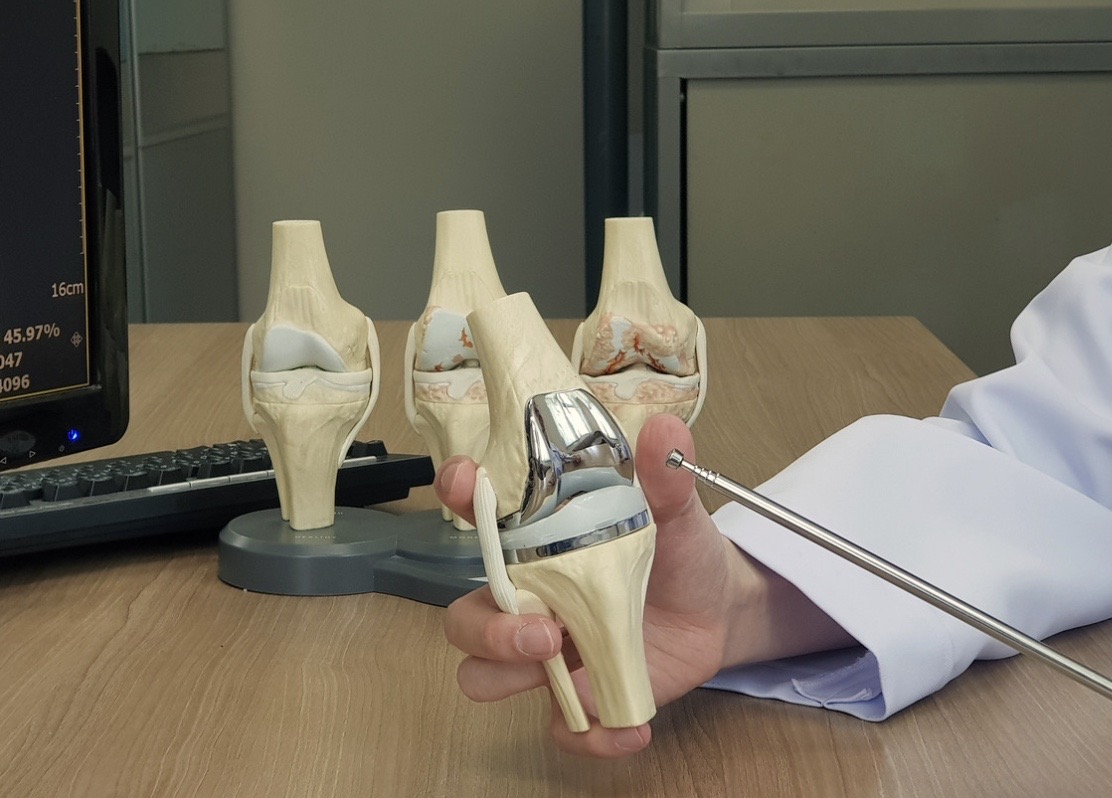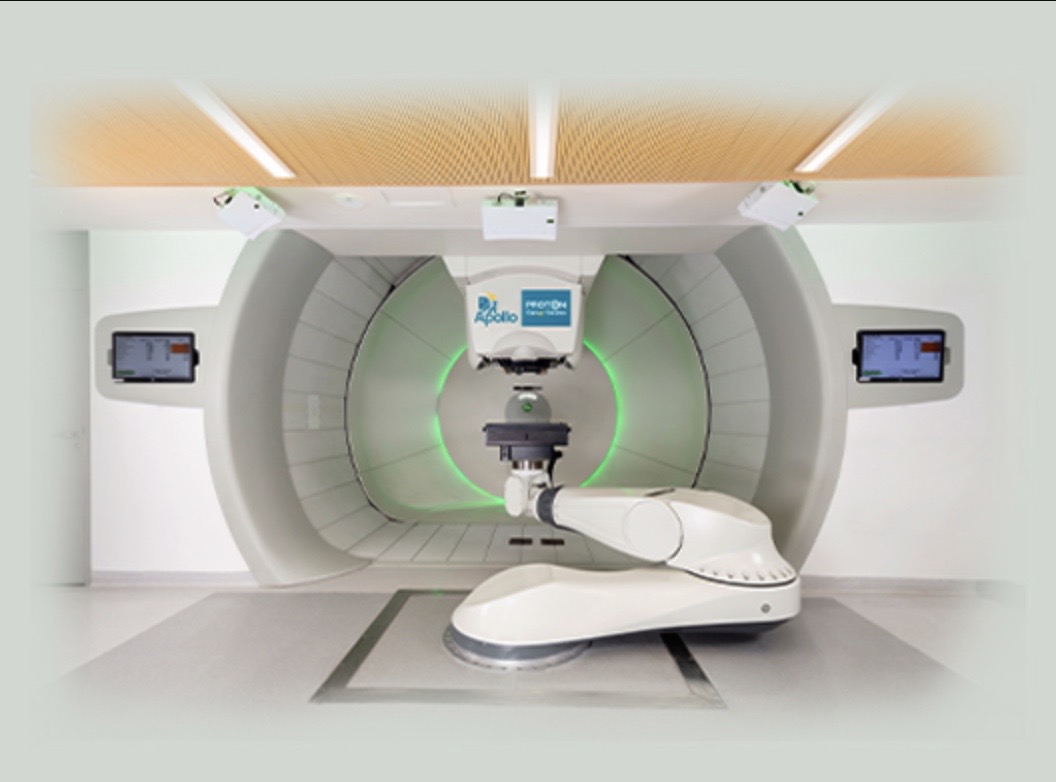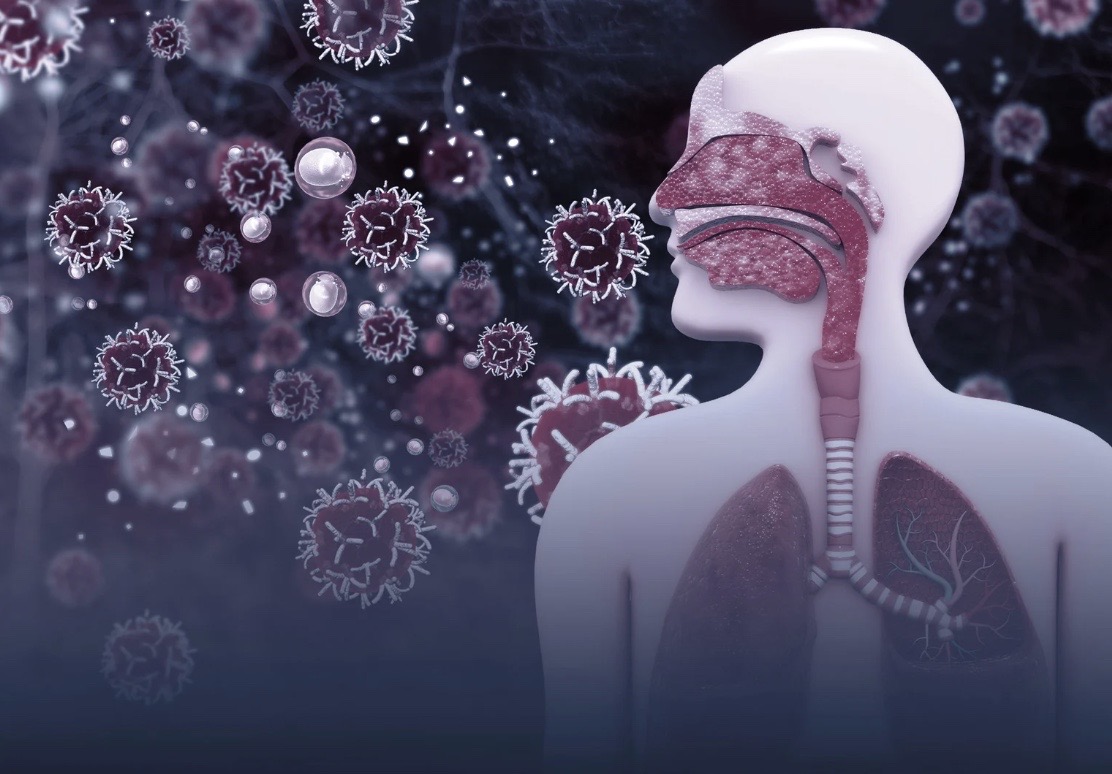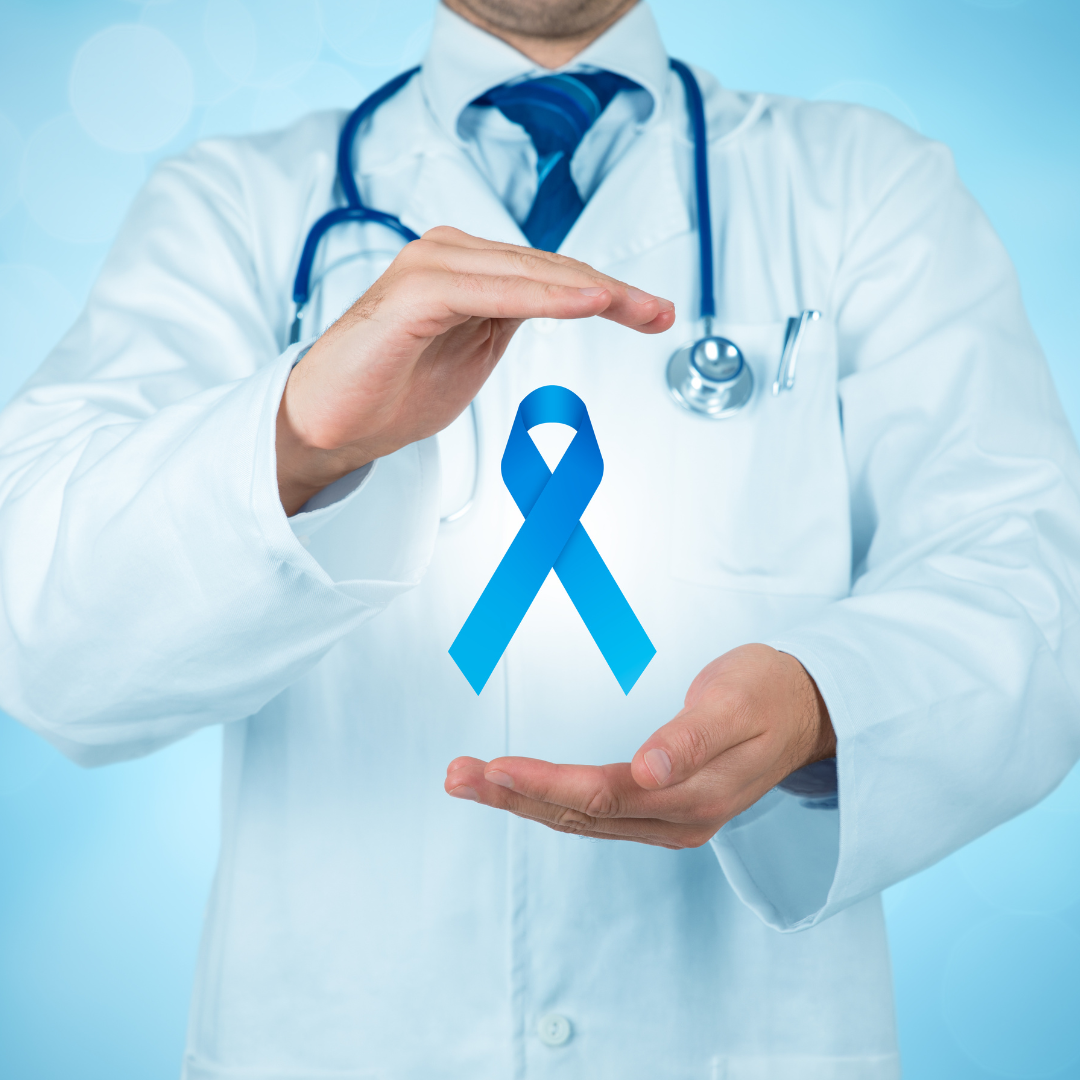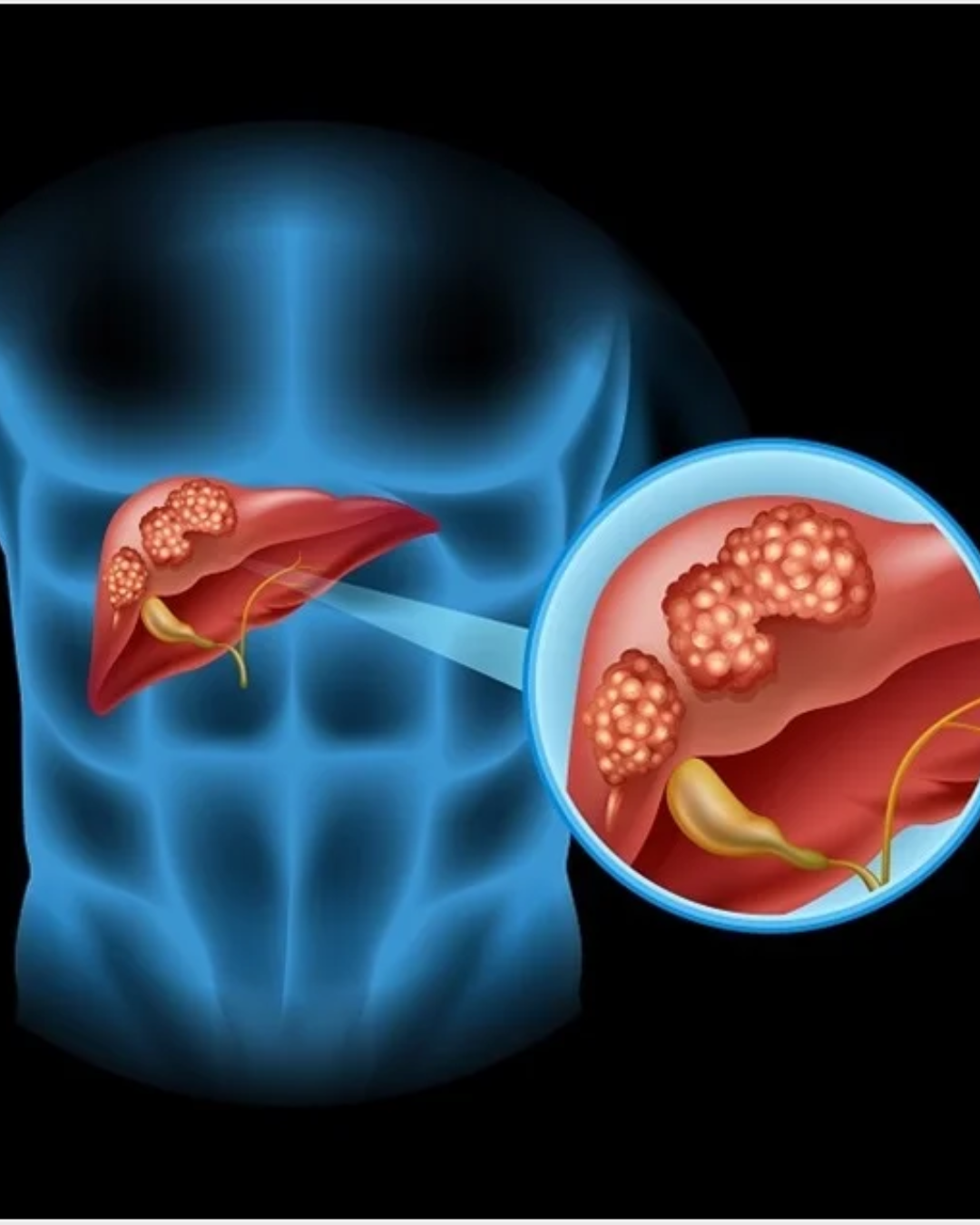
Understanding M-Pox Infection
It is known as monkeypox or M-Pox, and it can be confusing with illnesses like chickenpox or measles. However, the pox symptoms of other pox-related infections are different, including swollen lymph nodes, which do not occur with any other diseases. Pox symptoms should be clear enough for the pox to be aware of the things and seek medical attention as it could be life-threatening also.
Monkeypox Symptoms
Pox Symptoms vary, but it is early pox symptoms include fever, chills, fatigue, body aches, and a distinctive rash that later breaks out in blisters or lesions. Swollen lymph nodes are an essential marker of the disease that can separate monkeypox from other infections. These signs appear within 7–14 days of exposure.
Tests for monkeypox conducted by healthcare professionals are PCR tests in which samples from lesions are collected. Blood tests can also show if a person has been infected with the virus or whether he or she has had a response to the virus.
Monkeypox Treatment Options
The illness is typically self-limiting, lingering for 2 to 4 weeks. No specific antiviral drug has been approved for the monkeypox treatment and supportive care is important.
Symptom Management: Doctors check on patients, treat fever treat pain, and make sure patients are hydrated properly.
Antiviral Medications: In severe cases, the drugs tecovirimat or cidofovir may be used. Although these medications were approved for smallpox, a limited number of studies have shown they are active against monkeypox.
Secondary Infections: Antibiotics may be prescribed if the lesions become infected with bacteria.
You will find the best hospitals in India where the best teams take care of advanced monkeypox treatment and accurate diagnosis.
Preventive Tips for Monkeypox
Preventing monkeypox is quite easy with awareness and taking proactive measures. Here are effective ways to minimize risk:
Hand Hygiene: Wash your hands often with soap and water for at least 20 seconds especially after you have been playing, go to the bathroom; before eating; and after you have touched animals, garbage, or soil.
Avoid Close Contact: Stay away from people with pox signs such as rashes, blisters, or sores.
Physical Distancing: Proper prevention would have us distancing ourselves in crowded areas where no new sensible advice had been applied if no new sensible advice were devised.
Protective Measures for Caregivers: Gloves, masks, and protective clothing are important when you’re caring for infected individuals.
Surface Disinfection: Frequently touched surfaces like door handles, switches besides electronic stuff should be wiped very often.
Early Symptom Awareness: You need to consult a doctor when the same begins to show pox symptoms like fever, rashes, and fatigue, bringing unavailability.
Healthy Lifestyle: The way to keep immunity strong is to keep the body healthy, so a healthy balanced diet, regular exercise, and sensible sleep.
India for Monkeypox Care: Why?
But India has also quickly emerged as a favored destination for those with monkeypox given the country’s excellent medical facilities and best hospitals in India are available. Here’s why India is a preferred choice:
Expert Care: Also, you will find some of the best hospitals in India where specialists have faced infectious diseases like monkeypox.
Advanced Diagnostics: Among the cutting-edge facilities for PCR testing and blood testing the accurate and timely diagnosis is made possible.
Comprehensive Support: The patient receives holistic health: Prevention advice and symptom management — hence patient can recover and feel comfortable.
Conclusion
Monkeypox is rare, but worth watching out for. We need to control the spread of pox: identify it early on, treat it early on, and prevent it early on. Other than providing monkeypox treatment for the virus, they are great at providing world-class care and comprehensive support for those who find their way to hospitals and anticipate getting monkeypox treatment.


